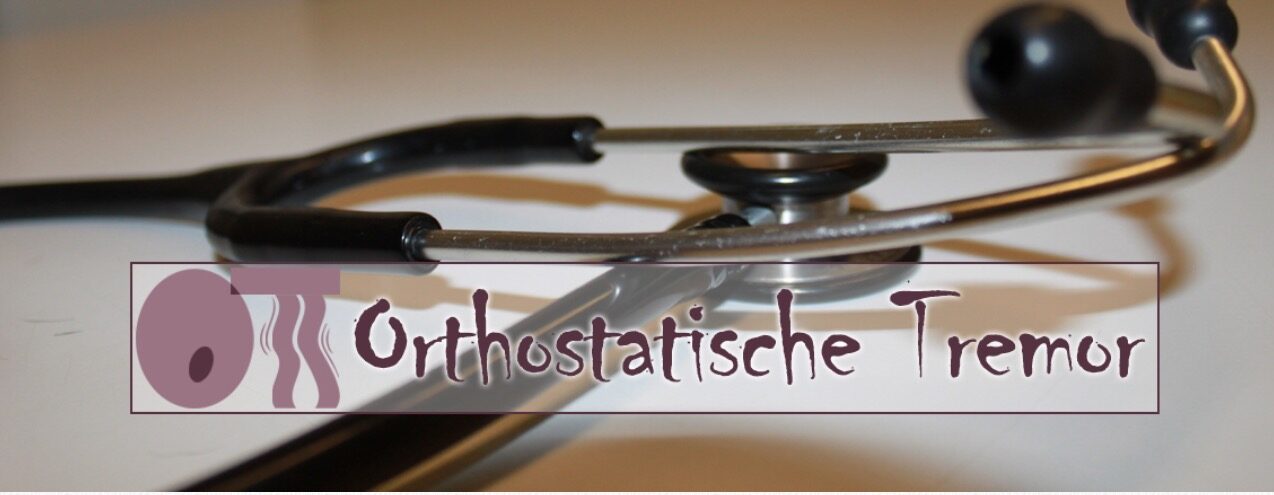American Academy of Neurology

American Academy of Neurology
http://aan.com/rss/index.cfm/getfile/AAN_3072.mp3
ABSTRACT
Objective: To evaluate the clinical, electrophysiologic, and treatment outcome features of orthostatic tremor (OT) in a large case series.
Methods: We performed medical record review of 184 patients who met clinical and electrodiagnostic criteria for OT from 1976 to 2013 at the Mayo Clinic. Demographic, clinical, electrophysiologic, and treatment data were extracted.
Results: The majority of OT cases were female (63.6%) and mean age at onset was 59.3 years (range 13–85 years). Diagnosis was delayed by a mean of 7.2 years (range 0–44 years). The average tremor frequency was 15.7 Hz (range 12.5–20 Hz), and transmitted to the arms on weight-bearing (95.5%). Patients reported a spectrum of progressive orthostatic leg symptoms, relieved by sitting or leaning. Falls were reported in 24.1%. Coexistent neurologic disorders included essential tremor (22.8%), other tremor (4.9%), and parkinsonism (8.7%). Family history of OT was noted in 4.9%. Of 46 medications trialed, 24 failed to provide any benefit. Benzodiazepines provided at least mild benefit in 55.9%, and moderate to marked benefit in 31.5%; β-blockers (31.0%) and anticonvulsants (25.0%) provided mild benefit, and the remainder were largely ineffective. Medication benefit waned over time. Deep brain stimulation (DBS) was effective in 2 cases.
Conclusion: OT predominantly affects female seniors, and the diagnosis should be considered with any orthostatic-induced leg symptoms, and confirmed by surface EMG. Benzodiazepines are the most efficacious treatment, followed by β-blockers and anticonvulsants. DBS should be further explored for treatment.
FOOTNOTES
- Go to Neurology.org for full disclosures. Funding information and disclosures deemed relevant by the authors, if any, are provided at the end of the article.
- Received May 5, 2015.
- Accepted in final form October 7, 2015.
- © 2016 American Academy of Neurology